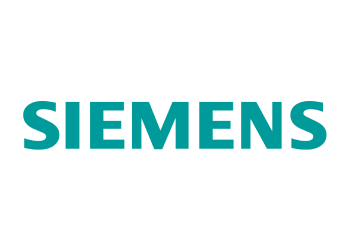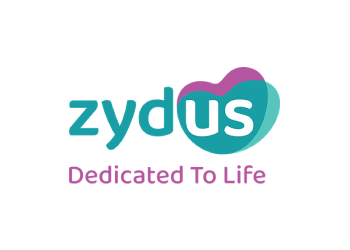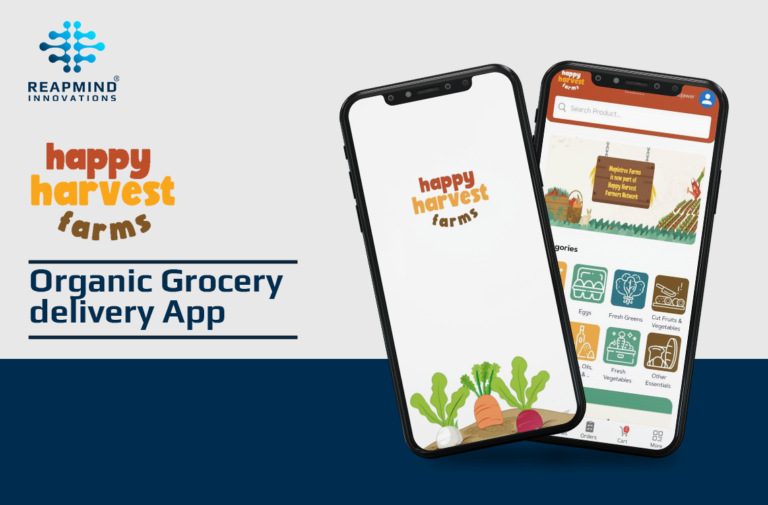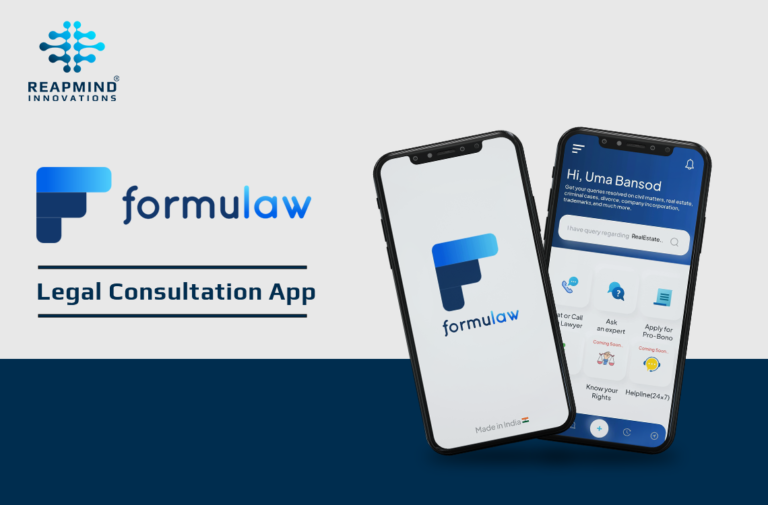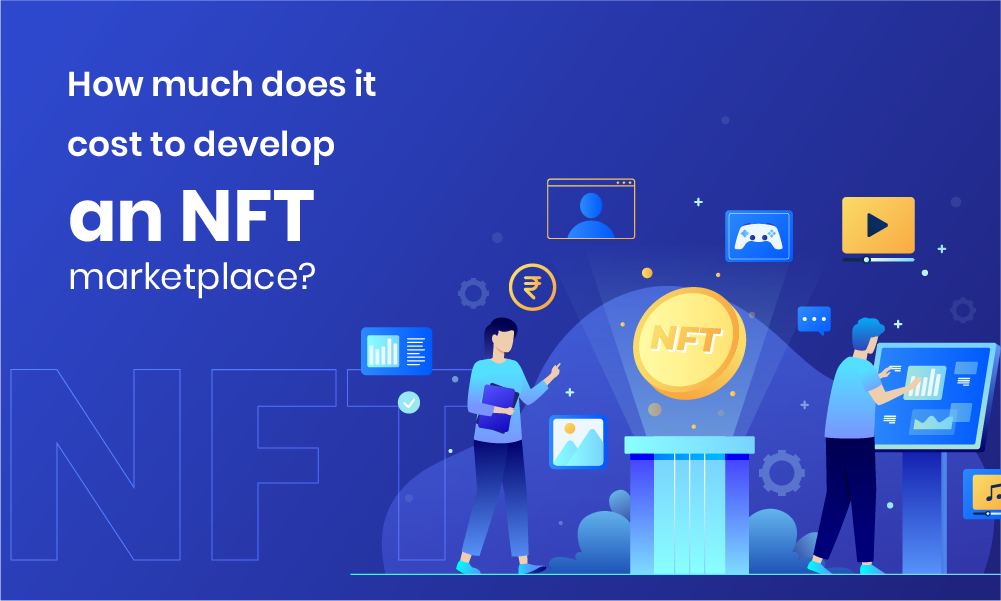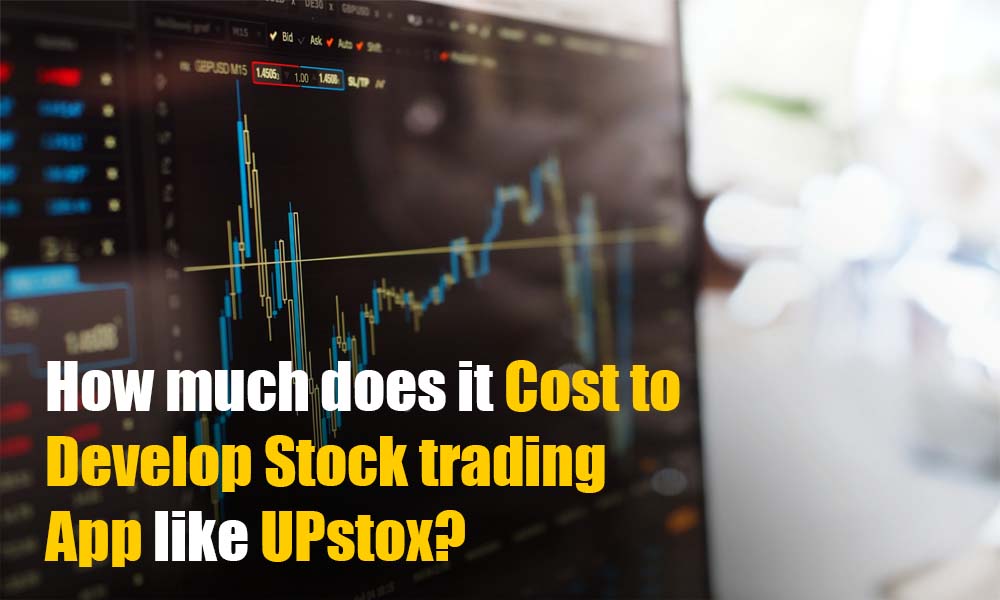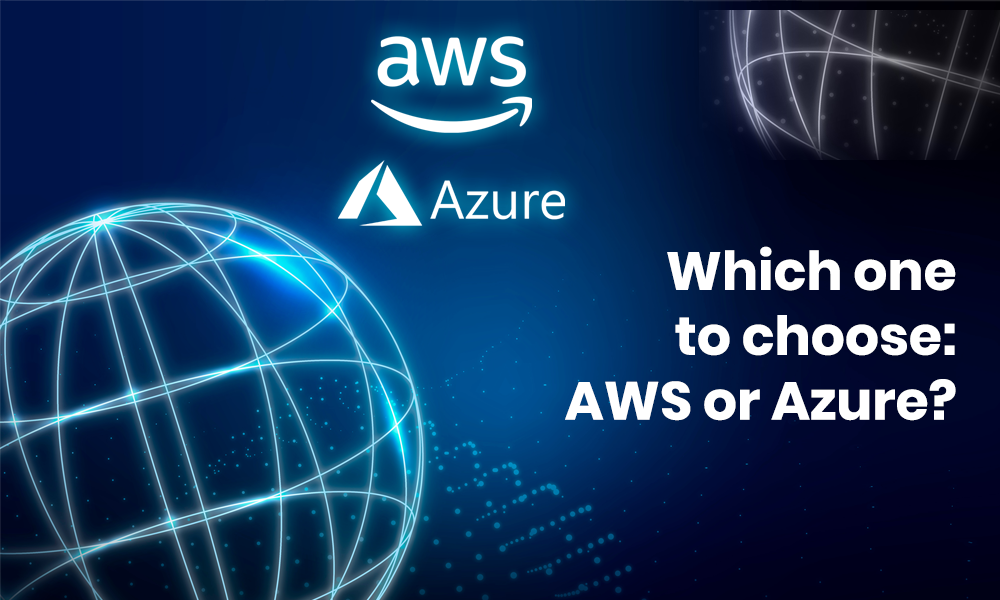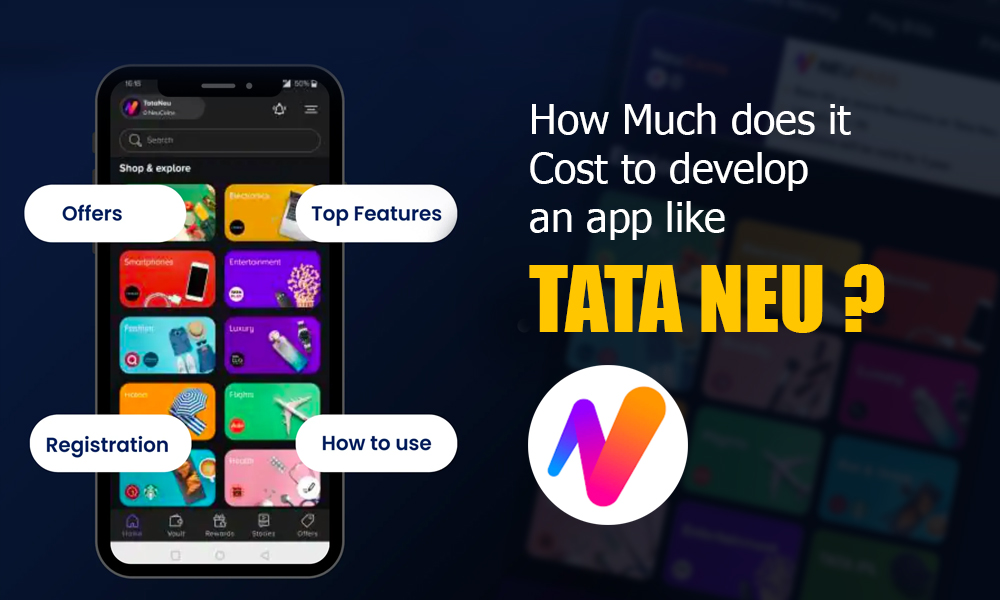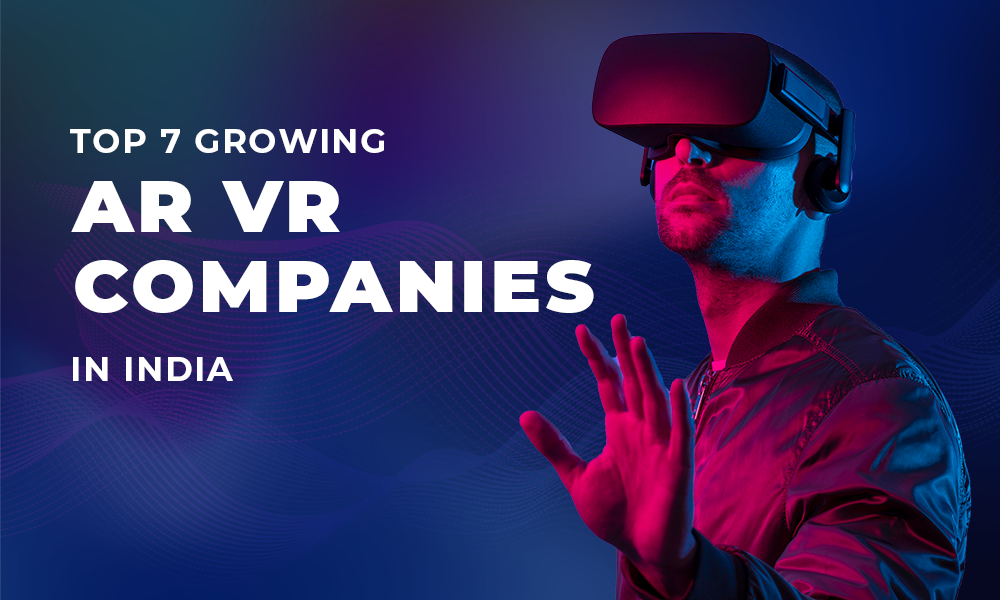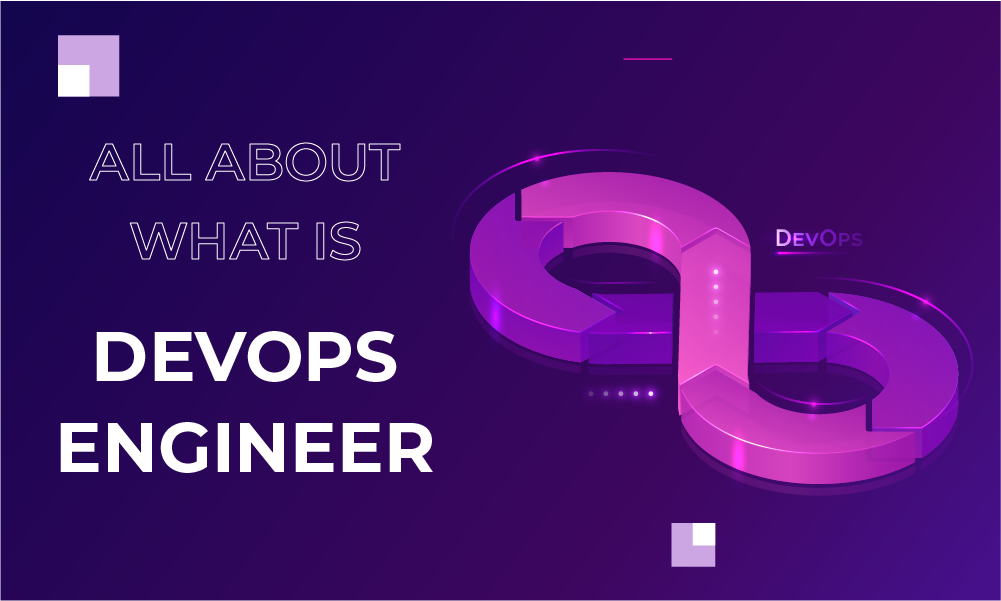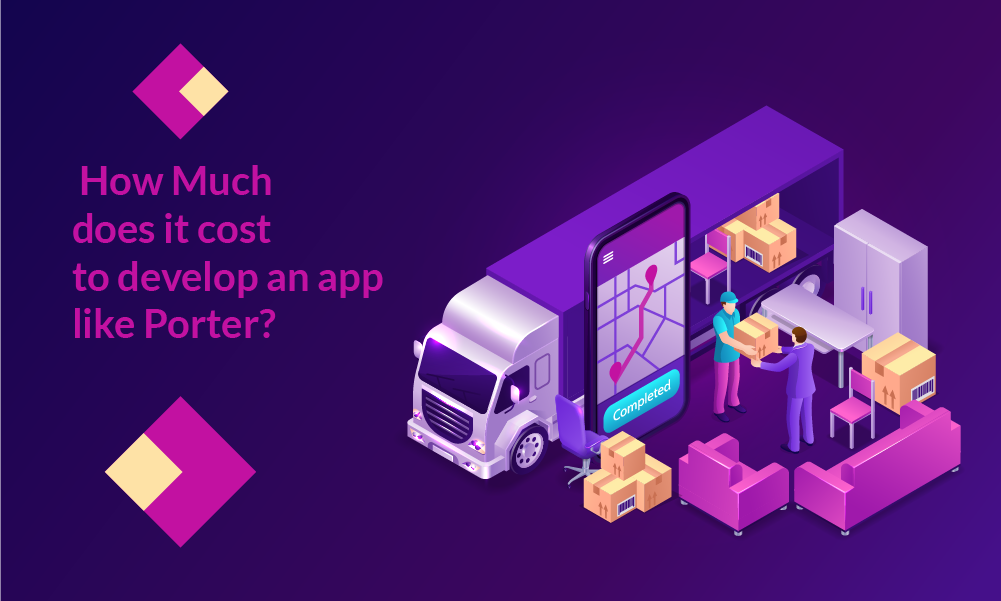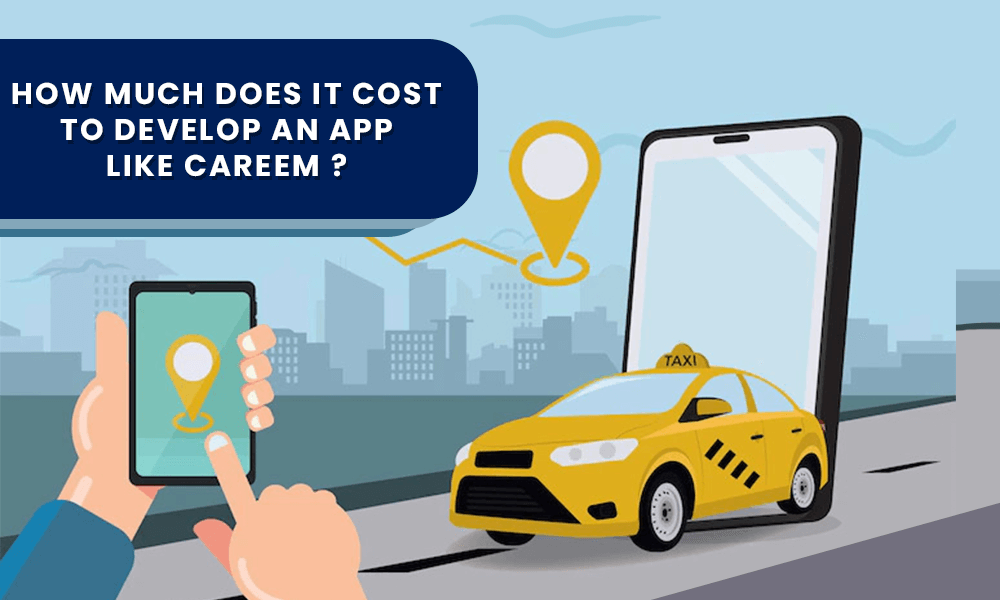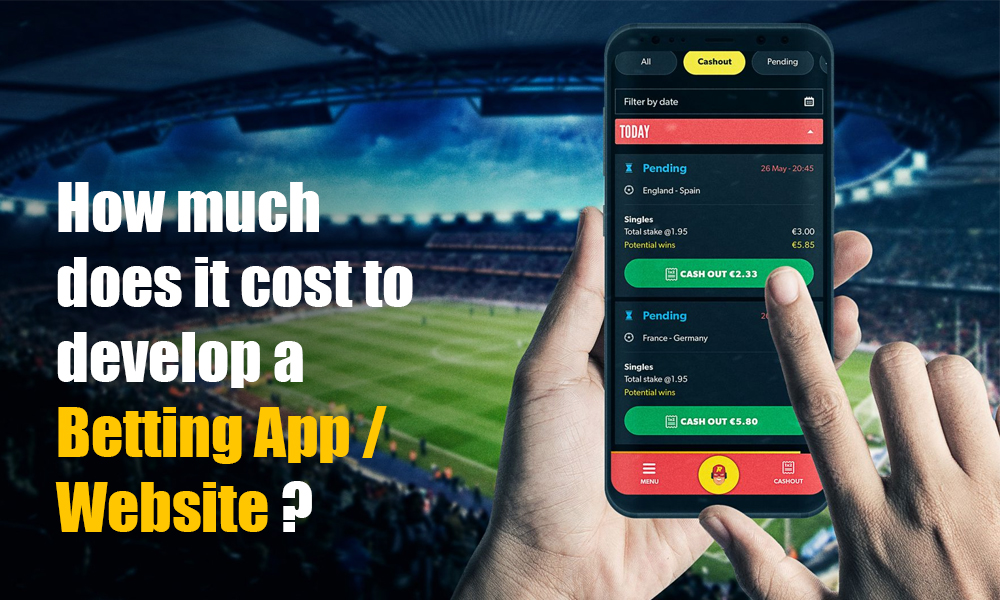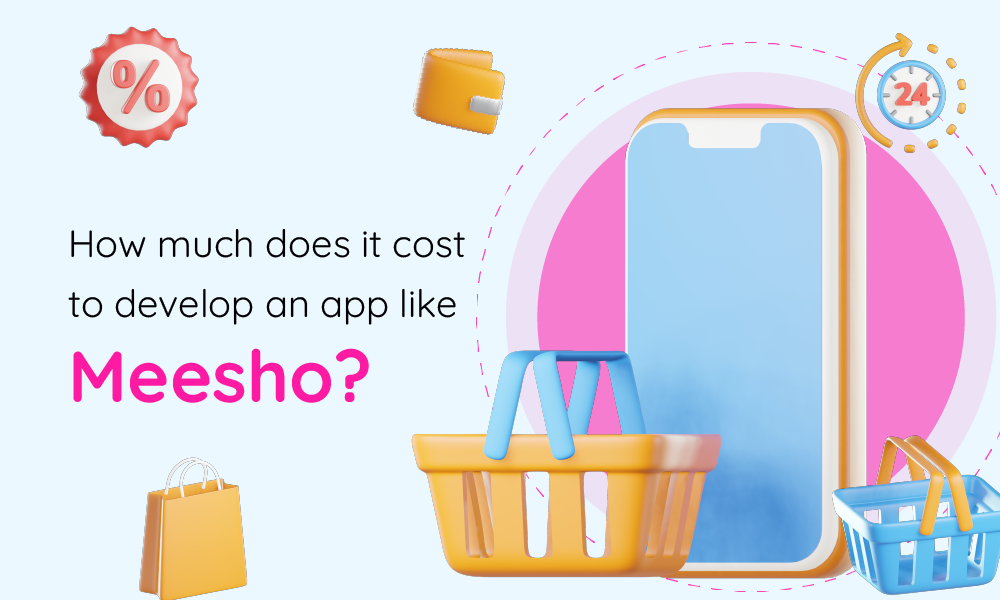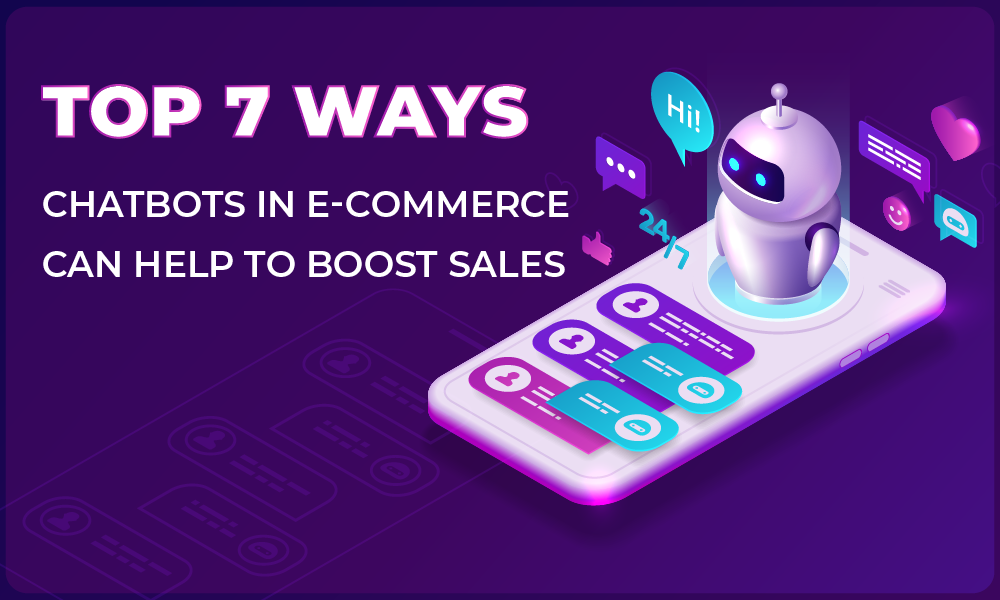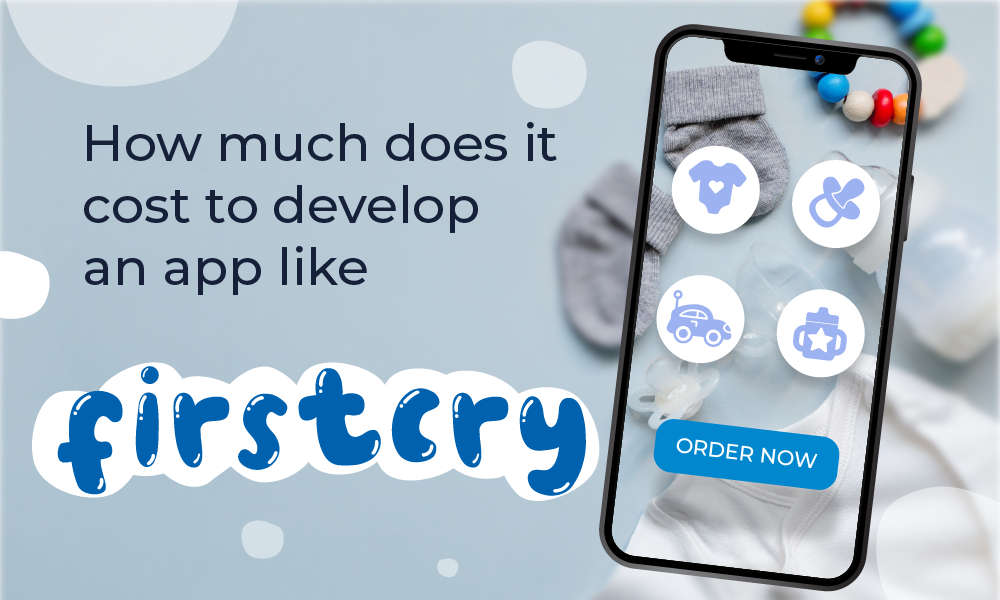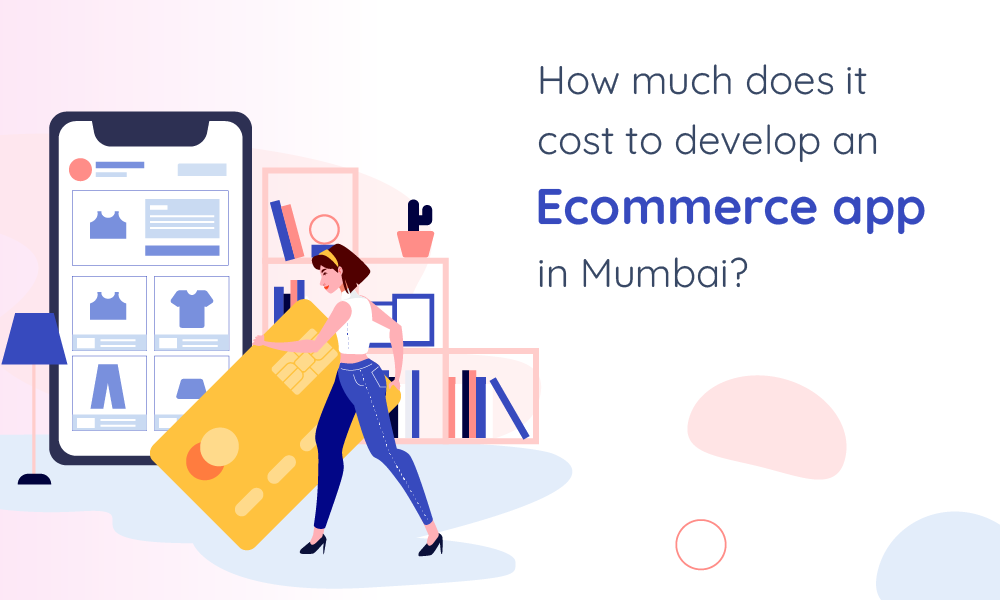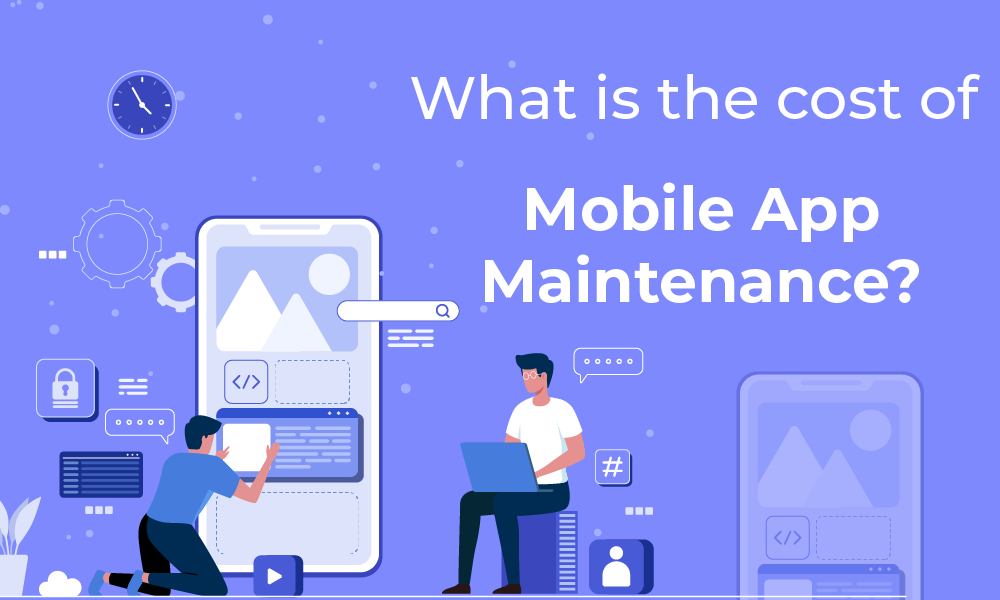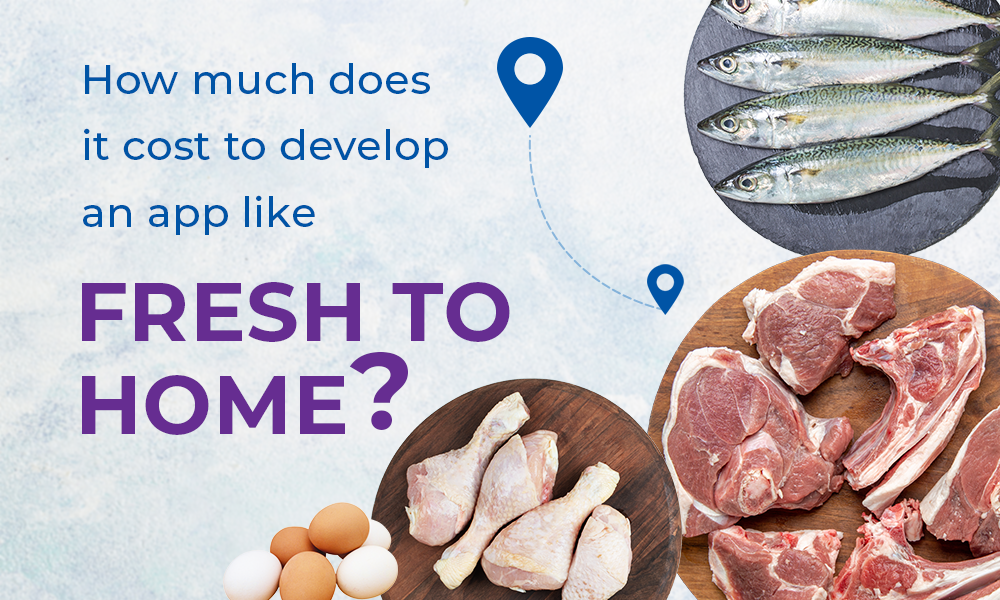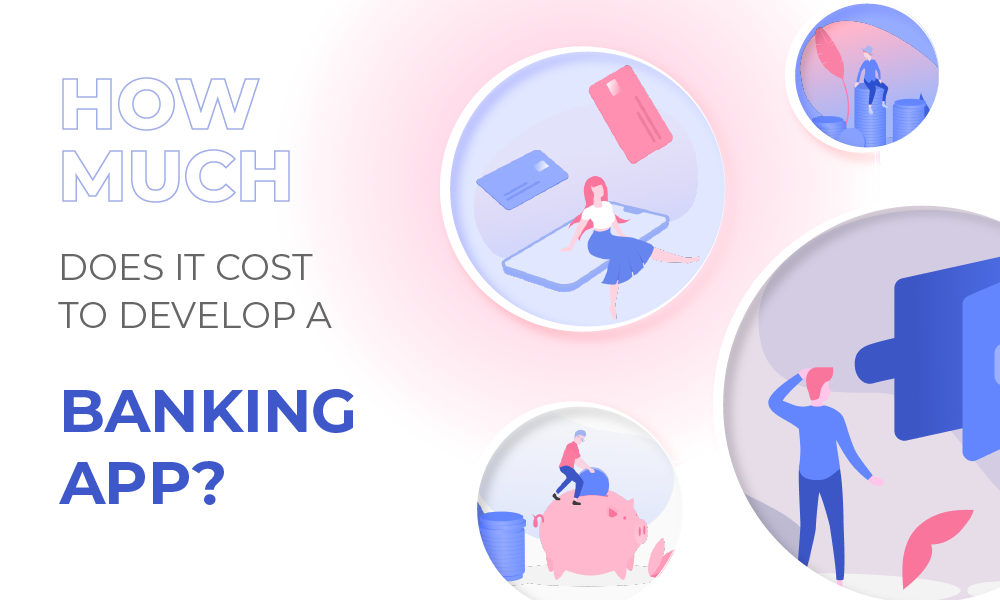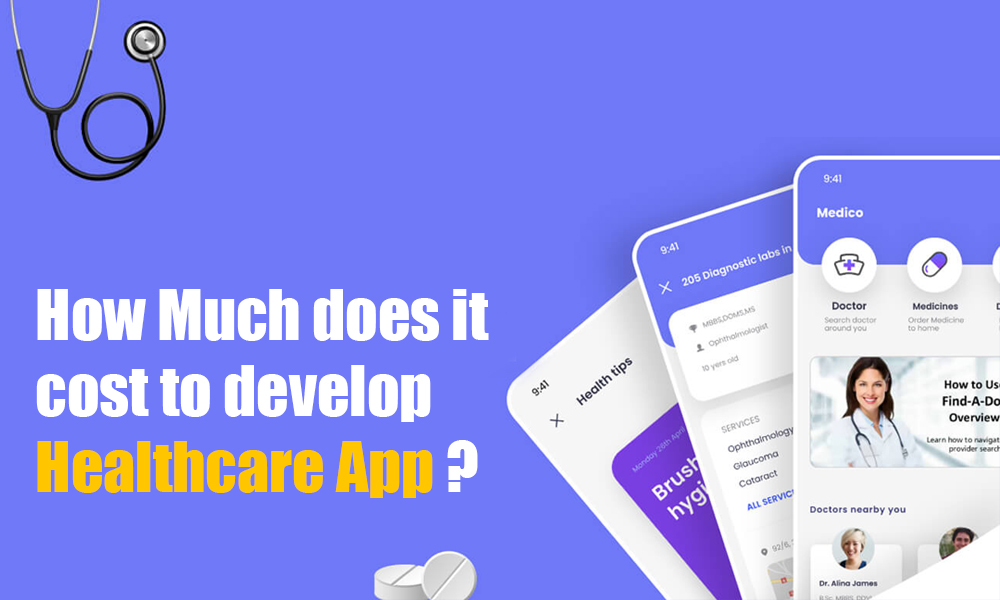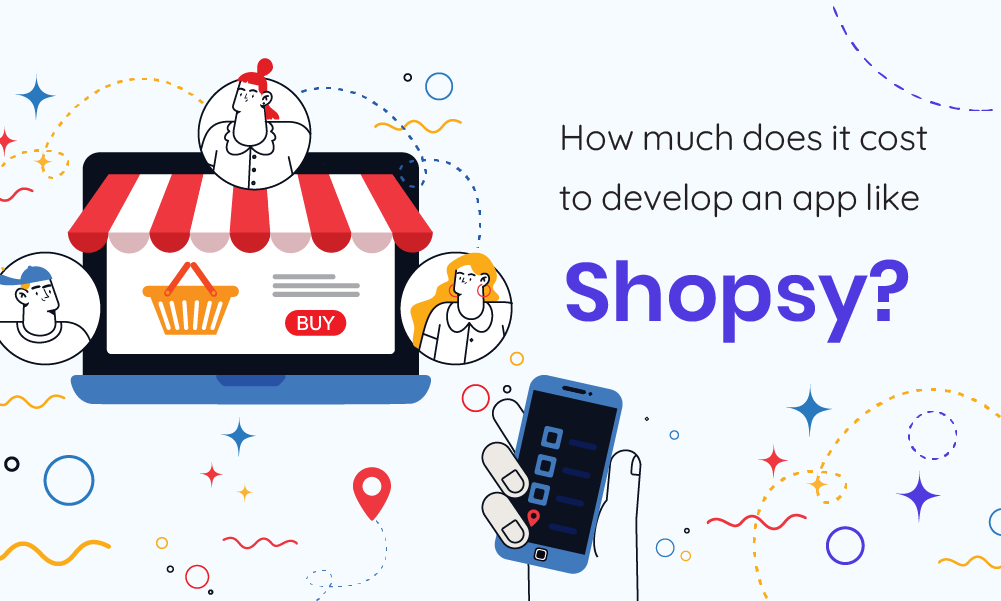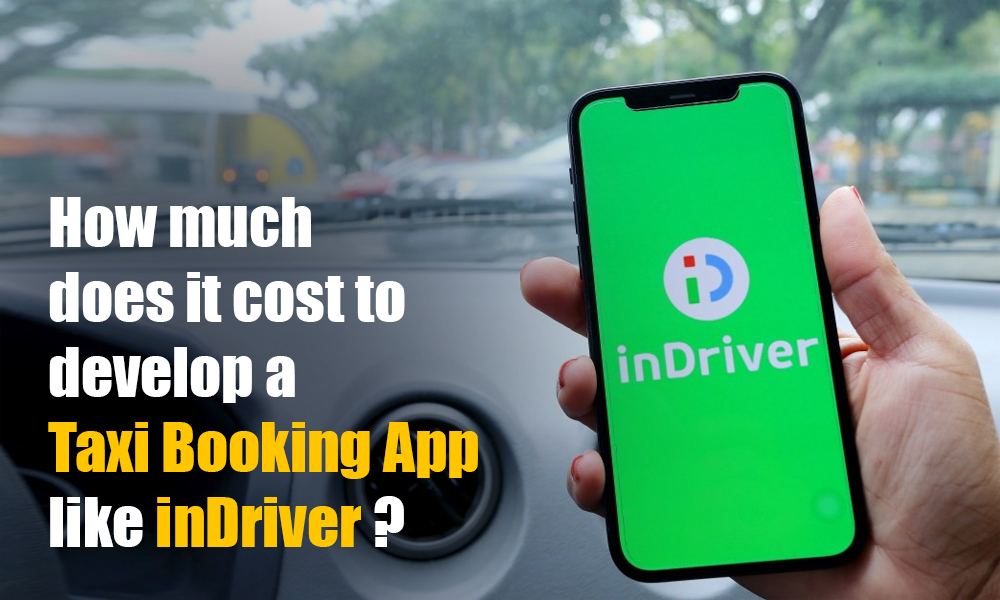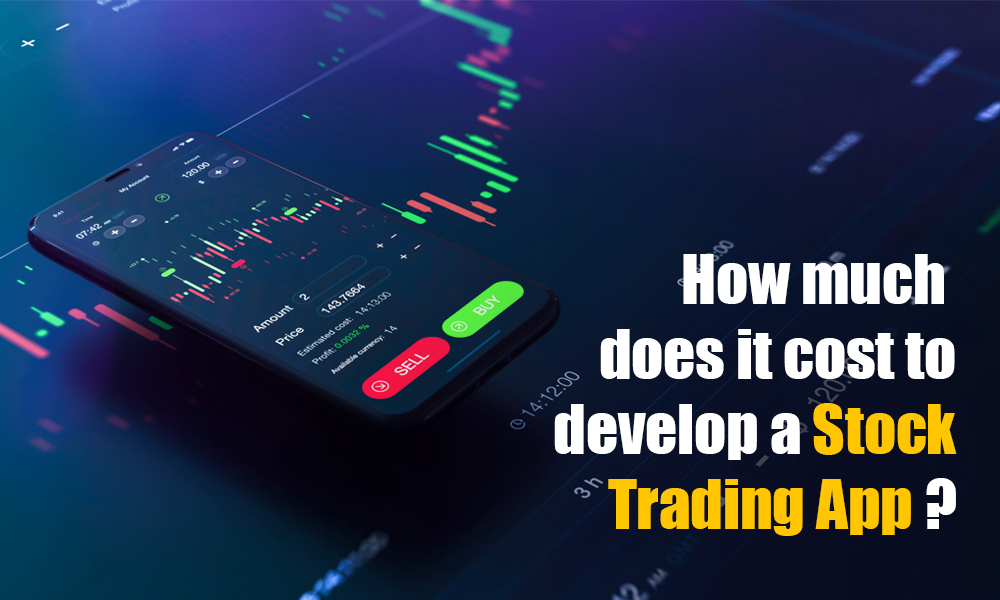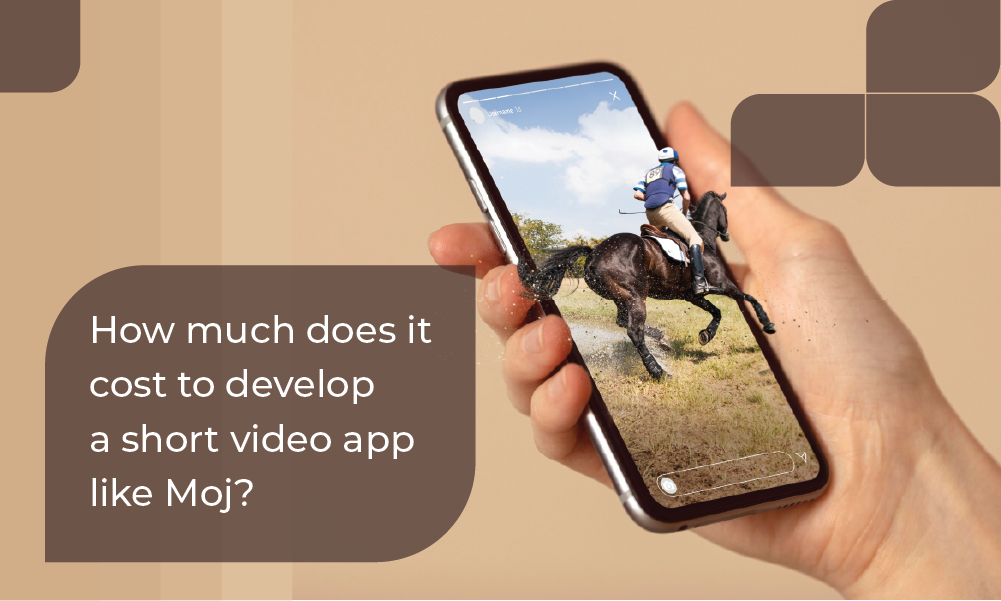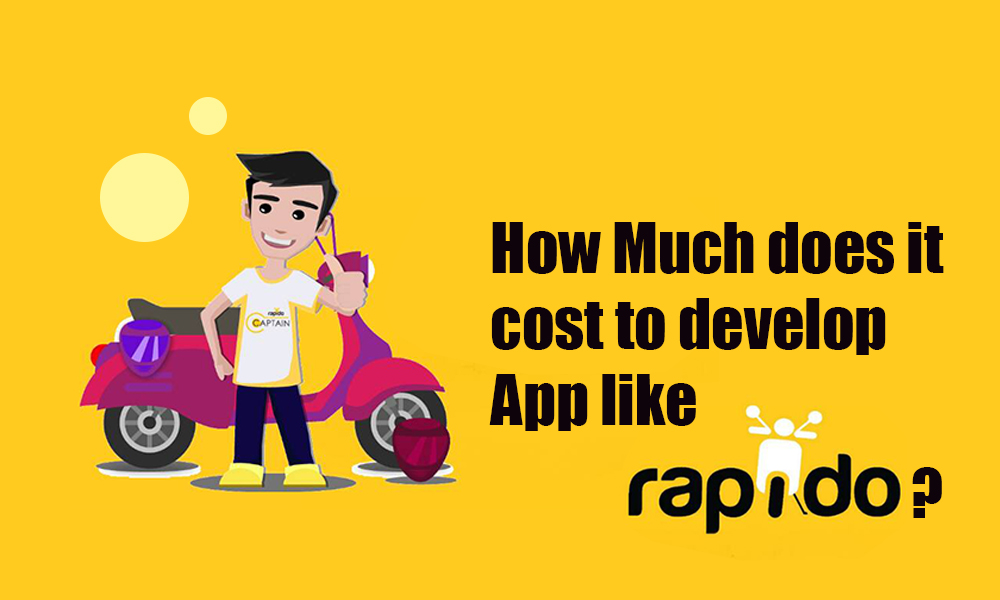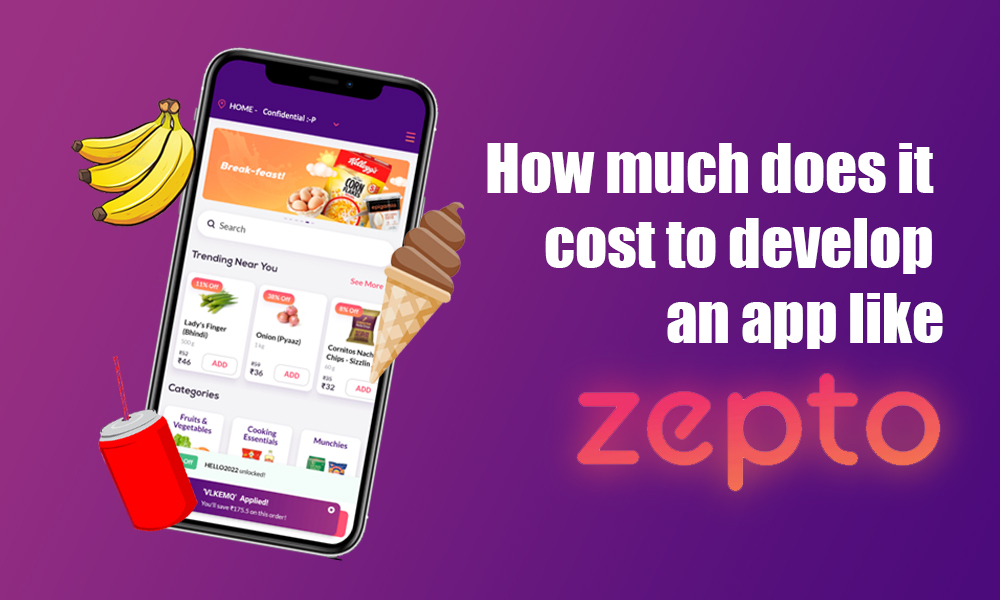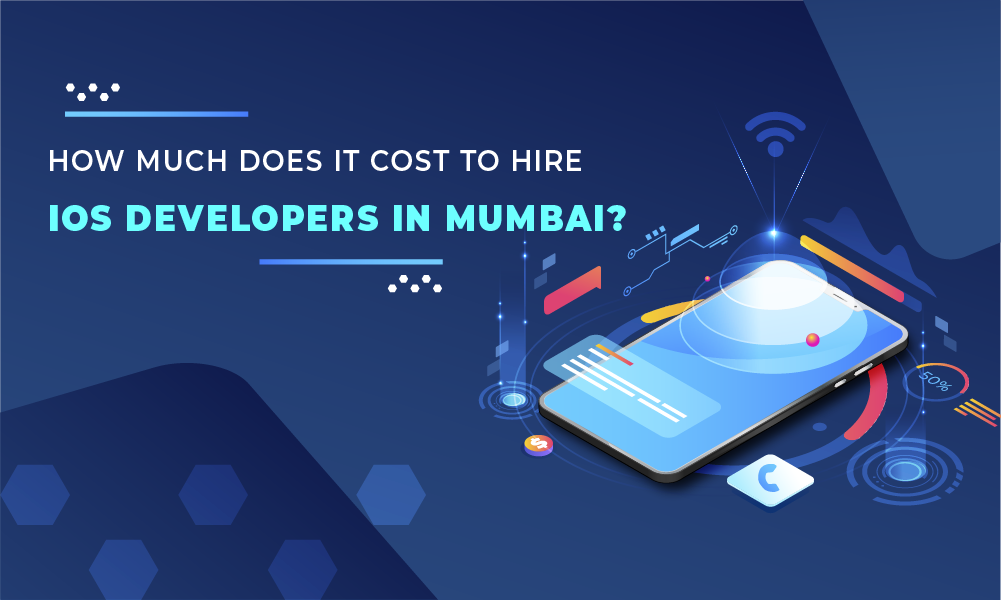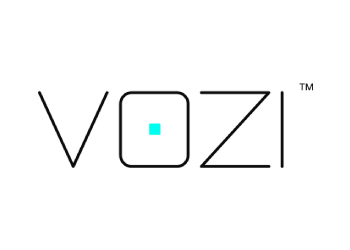Introduction:
If you could invest in any stock without having to worry about commission fees, would you do it?
The stock trading industry is a multi-trillion-dollar industry that is constantly evolving. In recent years, there has been a shift towards online trading, with more and more people using mobile apps to invest their money. According to a recent report by Statista, the global online stock trading market is expected to reach $13.8 trillion by 2027.
Robinhood is one of the most popular stock-trading apps in the world and has revolutionized the way people invest. With its user-friendly interface and commission-free trading, Robinhood has made investing accessible to everyone, regardless of their experience or financial status.
It has been a huge success, with over 22 million active users. The company has been valued at over $30 billion, making it one of the most valuable fintech startups in the world.
In this blog, we’ll delve into the intricacies of developing an app like Robinhood and also unravel the Robinhood app development cost factors, explore its business model, and decode its revenue streams.
Whether you’re dreaming of your stock trading app or just curious, this blog is just the one you were looking for!
Understanding Robinhood’s Success
Table of Contents
ToggleRobinhood has garnered widespread popularity, particularly among millennials and Gen Z investors, amassing over 22 million users. Its user-friendly interface, commission-free trading, and incorporation of gamification elements have rendered it an attractive platform for novice investors.
Being a mobile brokerage app, Robinhood facilitates the buying and selling of stocks, ETFs, options, and cryptocurrency without imposing commissions. Its intuitive interface and gamification features, such as confetti celebrations for successful trades, contribute to making trading an engaging and interactive experience.
Robinhood app has disrupted traditional brokerage models, challenging established players and compelling them to adopt commission-free trading. Additionally, it has expanded the investor base by making investing more accessible to individuals who may have previously been hesitant to participate.
The Robinhood Business Model
Robinhood’s business model has revolutionized the online trading industry, attracting millions of users and transforming the way people invest. Its core strategies have redefined the trading experience, prioritizing accessibility, engagement, and profitability.
Robinhood’s business model is a prime example of how innovation can redefine an industry. Its core strategy revolves around four key pillars:
- Commission-Free Trading: Robinhood’s decision to eliminate trading commissions has been a game-changer, removing a significant financial burden for new investors and democratizing access to financial markets.
- User-Friendly Interface: Robinhood’s intuitive and streamlined interface has simplified complex financial concepts, making it more approachable for users with varying levels of financial knowledge. This emphasis on simplicity has played a crucial role in attracting and retaining a diverse user base.
- Gamification Features: Robinhood has cleverly incorporated gamification elements into its trading platform, transforming the experience into an engaging and interactive one. Features like confetti celebrations for successful trades and leaderboards have motivated users to participate more actively, increasing trading volume and app usage.
- Business Partnerships: Robinhood has strategically partnered with financial institutions and market makers, leveraging their expertise and infrastructure to expand its offerings and generate revenue. These partnerships have enabled Robinhood to participate in payment-for-order flow (PFOF) arrangements, a significant revenue stream for the company.
The Robinhood Revenue Model
Robinhood’s success extends beyond its commission-free trading model. The company has diversified its income streams through a combination of subscription services, payment for order flow, interest on cash balances, and cryptocurrency trading.
A. Subscription Services: Robinhood offers a premium subscription service, Robinhood Gold, which provides users with additional features such as real-time market data, advanced charting tools, and extended trading hours. This freemium model allows Robinhood to cater to a wider audience, with a basic free tier and a premium tier with enhanced features for more active traders.
B. Payment for Order Flow (PFOF): When users place trades through Robinhood, their orders are routed to market makers, who execute the trades and compensate Robinhood for providing this service. This payment for order flow (PFOF) arrangement is a controversial practice in the financial industry, with concerns about potential conflicts of interest. However, it remains a significant revenue stream for Robinhood.
C. Interest on Cash Balances: Robinhood generates income by investing users’ idle cash balances in money market funds and government bonds. The interest earned from these investments is then credited to users’ accounts. This practice, known as sweeping, is common among online brokerages and allows Robinhood to generate revenue while providing a modest return to users.
D. Cryptocurrency Trading: Robinhood has expanded its offerings to include cryptocurrency trading, allowing users to buy, sell, and hold various digital currencies. This venture into the crypto market has opened up a new revenue stream for Robinhood, as the company charges transaction fees for crypto trades. With the growing popularity of digital currencies, cryptocurrency trading is expected to play an increasingly significant role in Robinhood’s revenue model.
Factors Affecting Robinhood App Development Costs:
- Platform Selection
The choice of whether to develop the app for iOS or Android has a significant impact on the overall cost. iOS development is generally considered to be more expensive than Android development due to the higher cost of Apple developer tools and the more complex development process. Cross-platform development using frameworks like Flutter and React Native can be a more cost-effective option, but it may not be suitable for all apps.
- Features and Functionality
The features and functionality of the app are another major factor affecting the development cost. Real-time stock data, news, and alerts are essential features for any stock trading app, but these features can be complex and expensive to develop. The more features and functionality the app has, the higher the development cost will be.
- Data Security
Data security is paramount for any stock trading app. Users need to be confident that their personal and financial information is safe and secure. Robust security measures such as encryption, two-factor authentication, and intrusion detection systems are essential, but these measures can add to the development cost of the app.
- Regulatory Compliance
Stock trading apps must comply with a number of financial regulations. This requires developers to have a deep understanding of the relevant laws and regulations. The cost of regulatory compliance can vary depending on the specific regulations that apply to the app.
- Development Team
Hiring a skilled development team is essential to developing a high-quality Robinhood-like app. Developers with experience in stock trading app development and financial regulations are in high demand. The cost of hiring developers will vary depending on their experience and expertise.
- Location of the development team:
The cost of developing a Robinhood-like app can vary significantly depending on the location of the development team. Development costs are generally lower in developing countries like India compared to developed countries like the US or the UK. This is due to lower labor costs and the higher availability of skilled developers in developing countries.
- App Complexity:
A more complex and visually appealing design will inevitably increase the development cost of a Robinhood-like app. This is because more time and resources will be required to create and implement the design. Additionally, complex designs may require more sophisticated development tools and techniques, which can also add to the cost.
- Third-Party Integrations:
If a Robinhood-like app requires integrations with third-party services or APIs, this will add to the development cost. This is because the development team will need to spend time and resources integrating these services into the app. Additionally, there may be licensing fees or other costs associated with using third-party services.
- Maintenance and Support:
Maintaining and updating a Robinhood-like app after launch will also incur additional costs. This is because the development team will need to continue to monitor the app for bugs and security vulnerabilities, and they will need to release updates as needed. Additionally, there may be costs associated with hosting and maintaining the app’s infrastructure.
Estimating the Robinhood App Development Cost
The cost of developing an app like Robinhood varies depending on several factors. Platform selection, features and functionality, data security, regulatory compliance, development team expertise, app complexity, third-party integrations, and ongoing maintenance and support all play a role in determining the overall cost.
On average, developing a Robinhood-like app for both iOS and Android platforms can range from $725,000 to $1,550,000 approximately. This includes costs associated with hiring a skilled development team, implementing robust data security measures, ensuring regulatory compliance, and providing ongoing maintenance and support.
Following is a detailed estimation of the development cost of a Robinhood-like app:
| Factor | Approx. Estimated Cost Range (USD) |
| Platform Selection | $50,000-$200,000 |
| Features and Functionality | $100,000-$400,000 |
| Data Security | $100,000-$200,000 |
| Regulatory Compliance | $50,000-$100,000 |
| Development Team (location-based) | $75,000-$300,000 |
| App Complexity | 75%–125% of the total development cost |
| Third-Party Integrations | $0 to $50,000 |
| Maintenance and support | 10%–20% of the total development cost |
Conclusion
In the journey of crafting an app like Robinhood, understanding the costs is like having a compass for your expedition. It’s not just about the dollars; it’s about creating something powerful. And in this quest, ReapMind shines as the guide you want by your side.
ReapMind stands out as a leading app development company, boasting a proven track record of success in crafting innovative and user-friendly apps. Our team of experienced developers specializes in creating stock trading apps like Robinhood, offering a comprehensive suite of services, including app design, development, testing, and deployment.
Together, let’s create an app that redefines the boundaries of possibility and leaves an enduring legacy in the realm of finance.
Contact ReapMind today and let’s turn your app development dreams into a reality.
FAQ’s
1. How does ReapMind figure out app development costs?
Ans: ReapMind considers features, platforms, design, and hours to estimate costs accurately.
2. Is it cheaper to develop for iOS or Android, and should I consider both platforms?
Ans: Development costs vary, but typically Android development is more cost-effective. Consider both platforms for a wider user reach, but prioritize based on your target audience.
3. How crucial is a user-friendly interface to the cost of development?
Ans: A user-friendly interface is essential for success. While it may increase design costs, it enhances user experience, engagement, and overall app performance.
4. Can ReapMind save costs with third-party APIs?
Ans: Absolutely. ReapMind recommends using third-party APIs for efficient features like payment gateways, saving development time and money.
5: Does the complexity of Robinhood’s real-time trading functionality significantly impact development costs?
Ans: Yes, real-time trading features add complexity to development, impacting costs.




